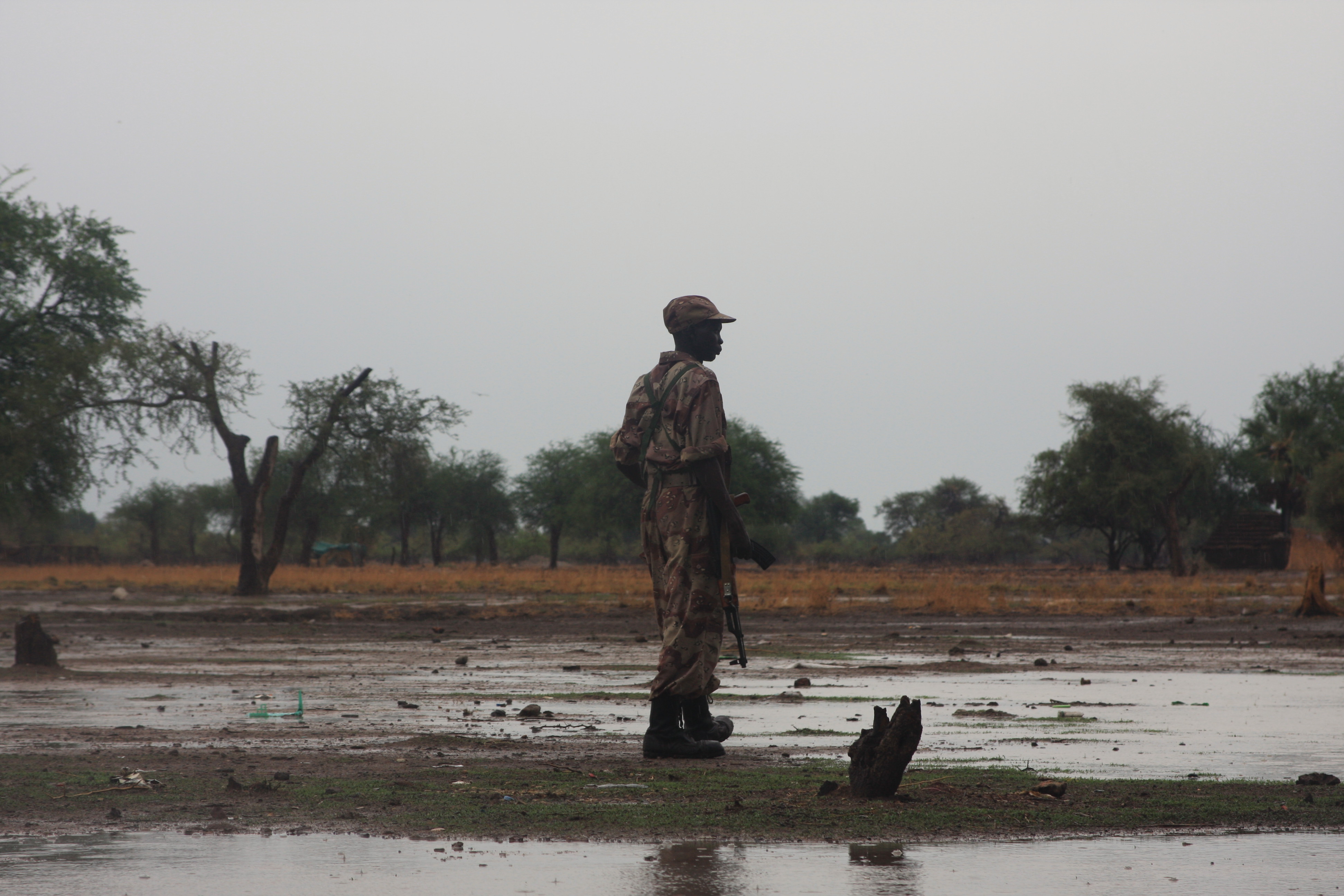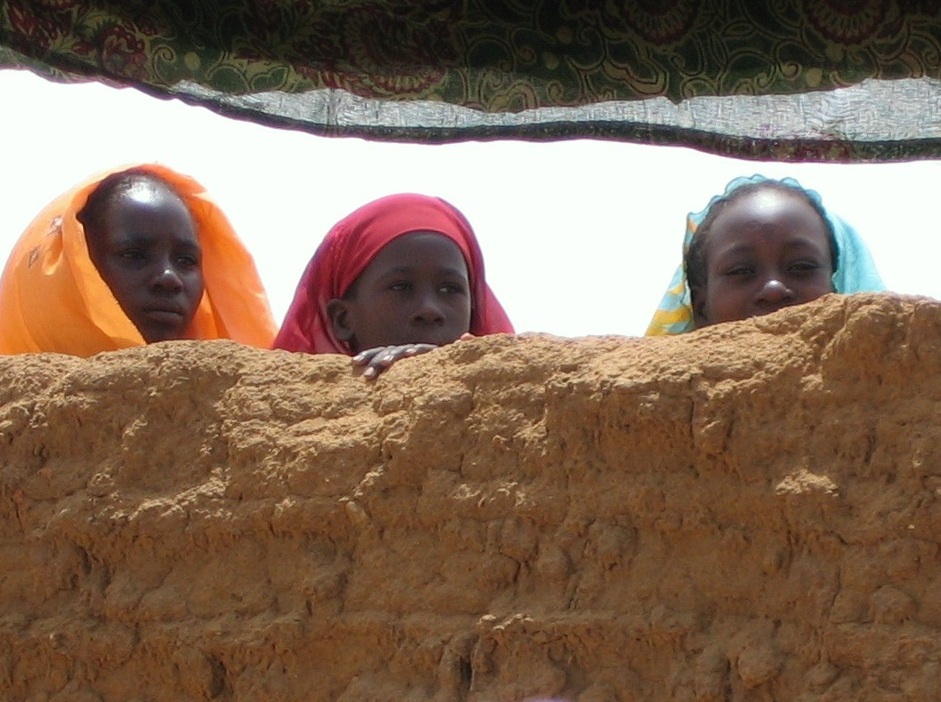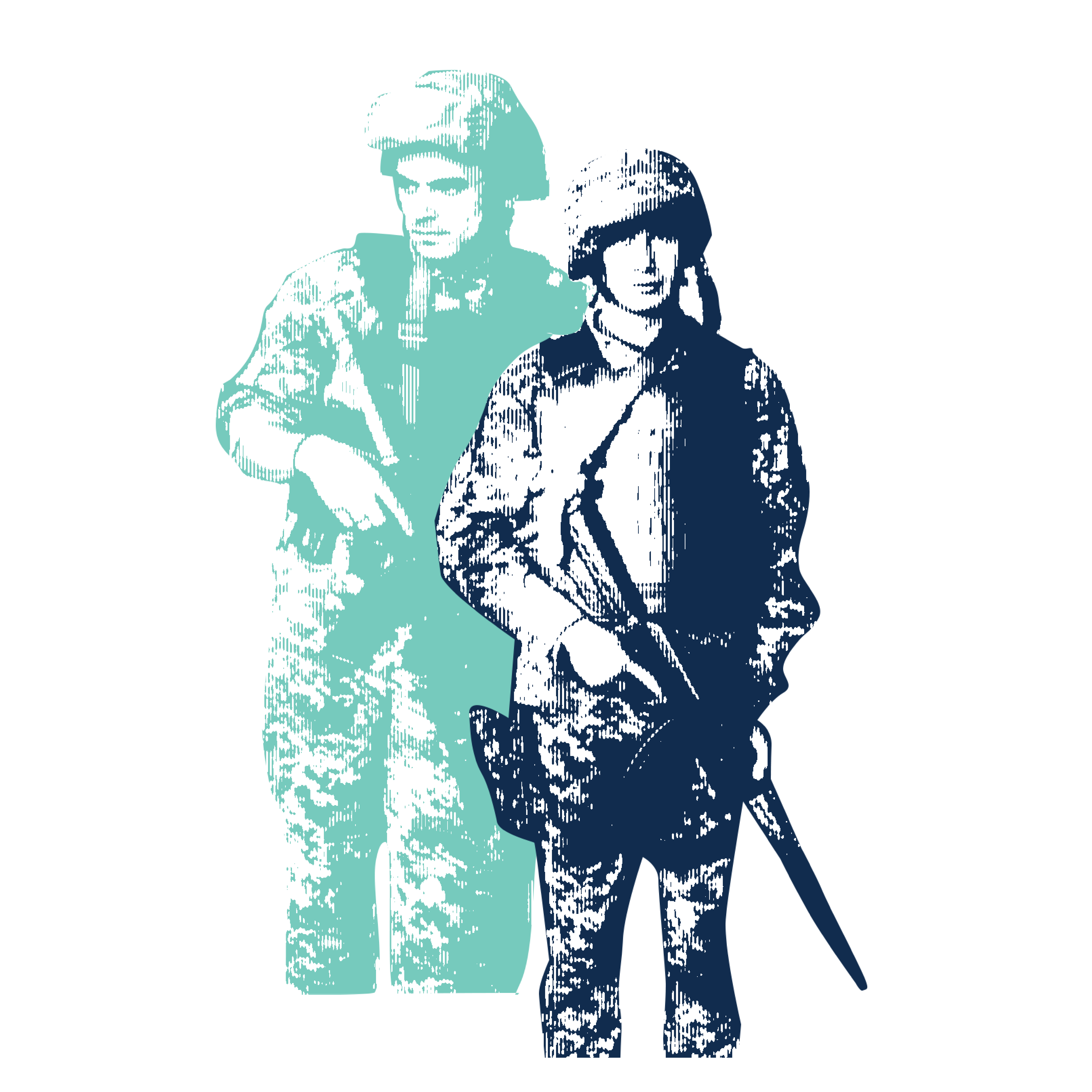
I have more posts to file that I wrote when I was up near Abyei and didn't have the net connection to send. But first I want to lay out what (admittedly unsatisfying) information I have about the proximate cause of the Sudanese government's seizure of Abyei.
Khartoum says its attack was in response to an ambush on a convoy of Sudanese Armed Forces (SAF) who were withdrawing from Abyei under UN escort. Juba acknowledges there was an incident but denies that there was any intentional ambush.
Unfortunately I do not have any independent way of verifying what happened. In theory, the UNMIS team that was escorting the SAF withdrawal could be that independent arbiter. However UNMIS is lacking in detail on this, to say the least. I spoke to the UN Spokeswomen, Hua Jiang, Thursday morning (June 2). Here is the latest Jiang can provide:
From the UNMIS internal investigation, the incident took place in an area controlled by the South Sudan Police force and the victims of the attack were Sudanese Armed Forces. (This conclusion, that the attack occurred in an area controlled by the southern police, aligns with the UN Security Council's statement on May 22 that its members ". . . condemn the attack by Southern forces against a United Nations Mission in Sudan (UNMIS) convoy escorting Sudanese Armed Forces elements of Joint Integrated Units . . .")
I asked Jiang if the UNMIS internal investigation had determined the number of casualties. Jiang said no, at this stage they had not been able to ascertain that. I asked if the UNMIS internal investigation had determined whether the incident was an intentional ambush, as Khartoum says, or a misunderstanding that got out of hand, as Juba says. Jiang said they have called on the parties to investigate and I should ask the parties.
Of course the trouble with asking the parties is that you end up with competing versions.
What is not in question is that on Thursday May 19, a SAF convey of 200 soldiers who were part of a Joint Integrated Unit were withdrawing from Dokura, about 10 km north of Abyei town, to Goli, which is further north, under UN escort. Also not in question is that some casualties resulted. Beyond that, the parties dispute the facts.
According to Al-Sawarmy Khalid Saad, spokesman for SAF, "heavy weapons were used against the SAF and UN troops in the ambush" which this caused "great human loss." And Brig-Gen Sidiq Aamir, the deputy chief of staff at the SAF department of intelligence and security reported through the state-run media organization SUNA on May 21, that 22 SAF troops had been killed in the ambush.
On May 24, the Sudanese ambassador in Kenya, Kamal Ismail Saeed, told reporters in a press conference in Nairobi that the death toll was as high as 197, although a statement from his embassy said that 70 had been killed and 120 were missing. "I think that was a serious blow which ended the continuous patience and self restraint of SAF, so it responded in self defense," Saeed told reporters.
There have also been some spokespeople in Khartoum who have put the alleged ambush into a bigger context that places this incident as essentially the straw that broke the camel's back. In this version, the South Sudan government has been building up its own forces, introducing its soldiers into the area under the cover of its police service, and arming civilians since late last year. As such, Khartoum's seizure of Abyei was done for the purpose of "cleansing it of illegal forces" (the words of Amin Hassan Omar, a minister of state for presidential affairs, speaking in Khartoum on May 22). Thus rather than an act of self-defense in reaction to a particular incident, it was a decision to remove all southern forces from the area that happened to be triggered by the particular incident.
In fact both Khartoum and Juba have accused each other of illegal force build-up in the area over recent months and it was as a result of these accusations that the so-called Kadugli and Abyei agreements were reached between the two sides in January and March this year. Under these agreements, all unauthorized forces on each side should be withdrawn, leaving security to Joint Integrated Units (JIU) of both soldiers and police containing representatives of each side. The May 19 convoy was related to this, moving a SAF JIU contingent to a newly agreed position in Goli.
Press statements from the Government of South Sudan do not deny there was an incident but they do deny that there was an intentional ambush. The most detailed account I have received of Juba's version of events so far comes from the General Army Chief of Staff of the SPLA, Lt-Gen James Hoth Moi, whom I interviewed on May 27.
According to Moi, the SAF JIU was being escorted up to Goli following an incident on May 15 where an SPLA contingent of a JIU was attacked by northern-allied militia, resulting in the death of four SPLA soldiers. After this incident, Moi says that both sides agreed to move the SAF JIUs further north and the SPLA JIUs further south to avoid further problems, with the SAF accompanying the SPLA units from north to south to ensure their security and the SPLA accompanying the SAF units from south to north for the same reason. Moi says that this was the process that was under way when the incident in Dokura occurred.
According to Moi, the SAF JIU, with an SPLA commander and UN escort, was a convoy of five trucks. At Dokura, some of the SPLA JIU who had been in the group who were attacked on May 15 began arguing about whether it was wise to provide SPLA accompaniment to the SAF JIU as they headed further north from Dokura. In the midst of the argument, a shot was fired into the air from the group who were arguing (Moi says he has not confirmed who fired that shot). When a SAF soldier on the truck closest to the group heard the gunshot, Moi says he must have thought he was being attacked. Moi says the SAF soldier then overreacted, launched an RPG-7 which set a nearby car alight. After that chaos ensued. SAF troops, believing the burning car was part of an ambush, all jumped from the truck. Although the trucks at the head of the convoy continued heading north, the trucks at the back were caught up in the violence. Moi says that both SAF soldiers and some Ngok Dinka civilians were killed, although he could not confirm numbers.
Moi also places the Sudanese government's seizure of Abyei into a broader context – though it is a different contextualization than the one given by Khartoum. According to Moi, the Sudanese government had been planning to invade Abyei for many months and the May 19 incident, far from being a trigger, was instead a useful pretext.
In summary, there is no question that a violent incident took place and that, at minimum, some SAF soldiers were killed. All I can really say is that having spoken with so many of the displaced in recent days, my own feeling is that, regardless of what one thinks about the act of seizing Abyei, the way in which it was done cannot be justified given the enormous impact on civilians.







